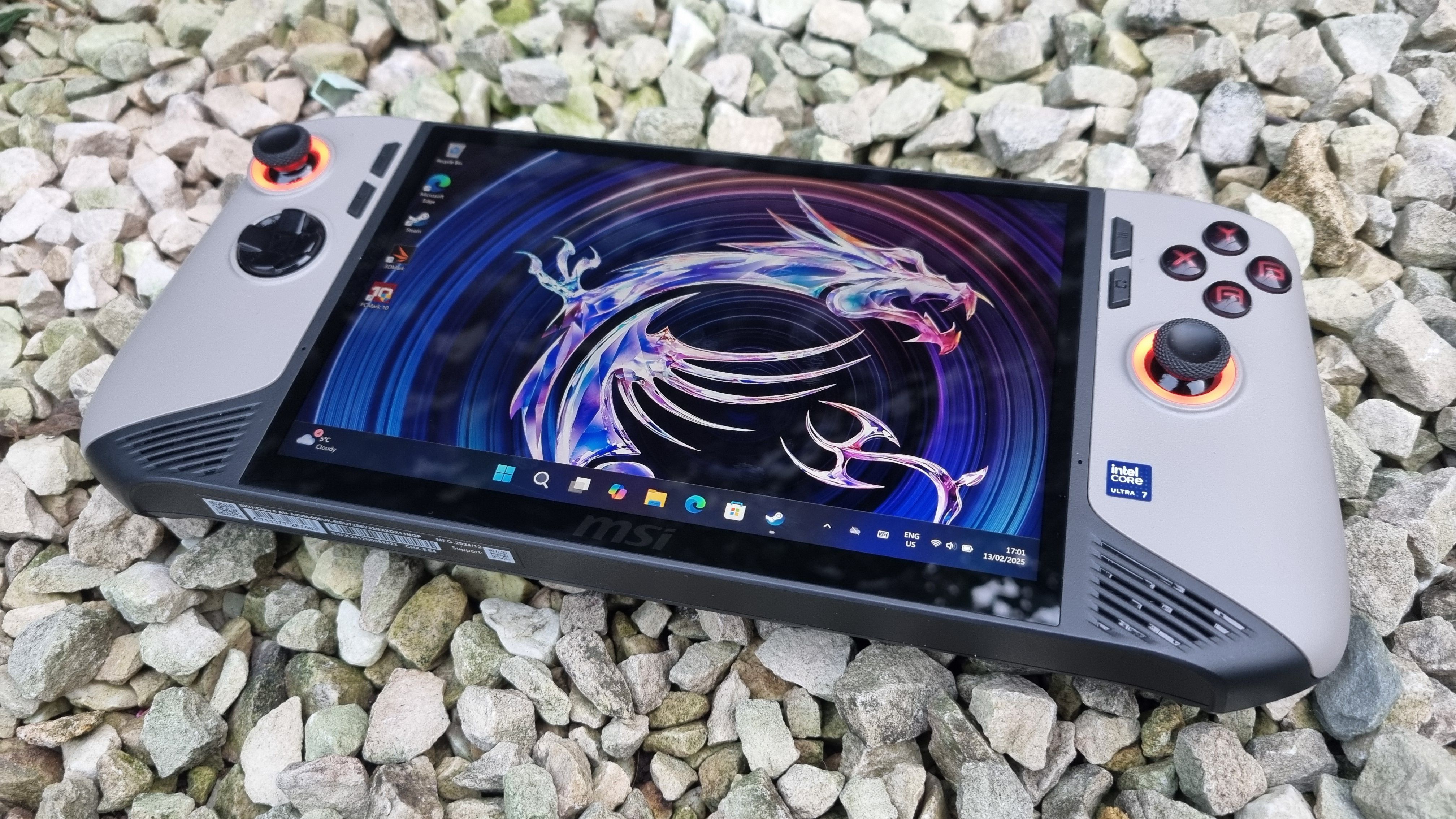Intel’s Lunar Lake mobile chips (shown above) actually have decent gaming chops. Which is why news of a significant graphics upgrade in Intel’s next-gen Panther Lake CPUs is so intriguing. According to a shipping manifest spotted by X user X86deadandback, Panther Lake sports 12 Xe3-spec graphics cores.
That’s 50% more than the 8 Xe2 cores in Lunar Lake. What’s more, you’d expect the per-core performance of the Xe3 graphics architecture in Panther Lake, also known as Celestial, to be superior to the Battlemage-based Xe2 hardware in Lunar Lake.
Panther Lake 12Xe ES2 Q7A5 (Q7AP =ES1) pic.twitter.com/JEvwa3qIAXJuly 26, 2025
So, that’s 50% more graphics cores, and each core more performant. Of course, it’s not clear how Xe3 or Celestial is architected. And it’s not impossible that Intel has rejigged the cores.
With the current Xe2 architecture, the eight cores contain a total of 1,024 shaders. The same basic layout would put the iGPU in Panther Lake at 1,536 shaders. But that’s not absolutely guaranteed.
You can check out the shipping manifest entry for yourself on the NBD website (just search for “Q7A5”). But if that’s how Panther Lake does turn out, it should make for a very nice little chip for gaming handhelds. Lunar Lake already works pretty well in that application and a new chip with 50%-plus more iGPU performance would be extremely compelling.

What’s more, the Panther Lake iGPU should support ML-based upscaling, something no current AMD Ryzen APU supports. That’s because only AMD’s latest RDNA 4 graphics architecture currently supports AI-accelerated upscaling. And RDNA 4 has yet to make it into an AMD APU. So, it’s not impossible that Panther Lake could have the makings of the best chip for gaming handhelds and a rare good news story for Intel.
Indeed, Panther Lake will be interesting for more than just its iGPU. It’s set to be the first chip to use Intel’s upcoming 18A process node. Intel’s chip manufacturing sub-unit seems to be all at sea, currently, what with the company making scary noises about giving up on future process nodes should it not secure customers for 14A, the node that follows 18A.
But Panther Lake is a chance for Intel to prove that it can still do advanced silicon and it’s due out later this year. By several metrics, then, it’s hard to think of a new Intel CPU that has seemed quite as critical. And it won’t be long now before we find out just what Intel has achieved with Panther Lake.
